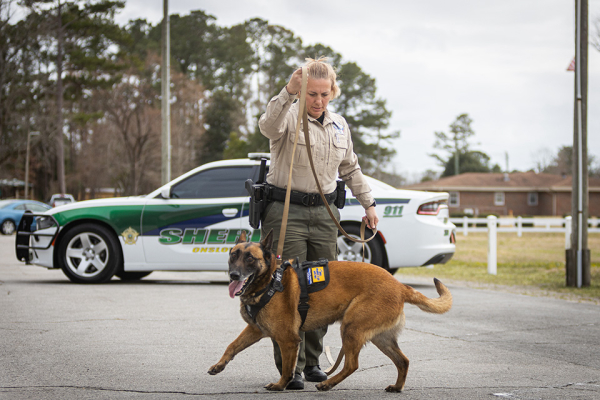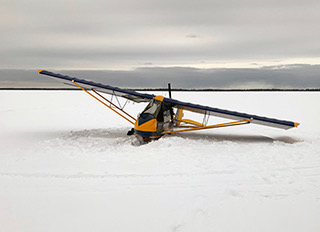SIGHTRON Offers Instant Rebate on Premium Riflescopes

Youngsville, NC -– SIGHTRON, one of the world’s most innovative optical observation and aiming device companies, is pleased to announce an instant rebate promotion on select premium riflescopes: the SII, SIII, SVIII and SIII PLR. With tax returns just around the corner, now is a great time for deals and, amazingly, they’re available on some of SIGHTRON’s newest models. Save up to $900!
Hunters and sport shooters are always aiming for the center of the target. This time of year, they’re also shooting for big savings. Now is the time to take advantage of this instant rebate promotion and add a new SIGHTRON premium riflescope to your collection. SIGHTRON is one of the most recognized brands in modern, high-powered, long-range and precision shooting competitions today. So, whether you’re shopping for your favorite sportsman or just taking advantage of this special offer to add another riflescope to your own collection, SIGHTRON has you covered. This instant rebate promotion event begins Wednesday, March 1st and runs through April 30th. It’s SIGHTRON’s way of saying “Thank You” to all of their passionate hunters and sport shooters.
SIGHTRON is now offering up to $900 in savings on select premium riflescopes: Read more







